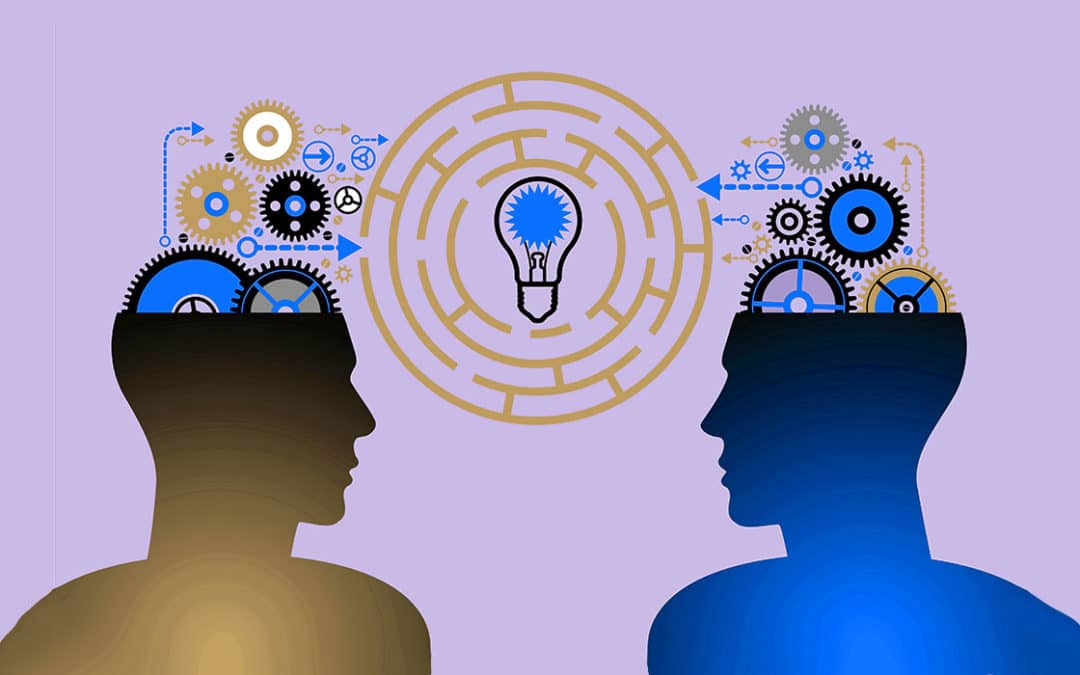In the Critical Thinking Project, the discussion asked the question of sincerity and post-truth. Often, especially diverse experts and politicians argue that Russians and Estonians live in parallel infoworlds. During the discussion, the term post-truth emerged. According to the Oxford Dictionary, post-truth means “circumstances in which objective facts influence public opinion less than emotions or personal beliefs.” Because of the prefix, one might think that the term is talking about a situation where we already know the truth, but this is not the case. The Oxford Dictionary has recognized the term as the word of the year 2016, but it often turns out that we are not at all living in an era of post-truth – we live in a world of lies, and have always lived in it.
Post-truth is not a new phenomenon. The entire 20th century is an era of post-truth, an era of ideological and propaganda regimes that seek to manipulate public opinion and the consciousness of people. For all the differences, post-truth regimes had one thing in common: they appealed not to reason and common sense, but to strong feelings and emotions. Continue reading
